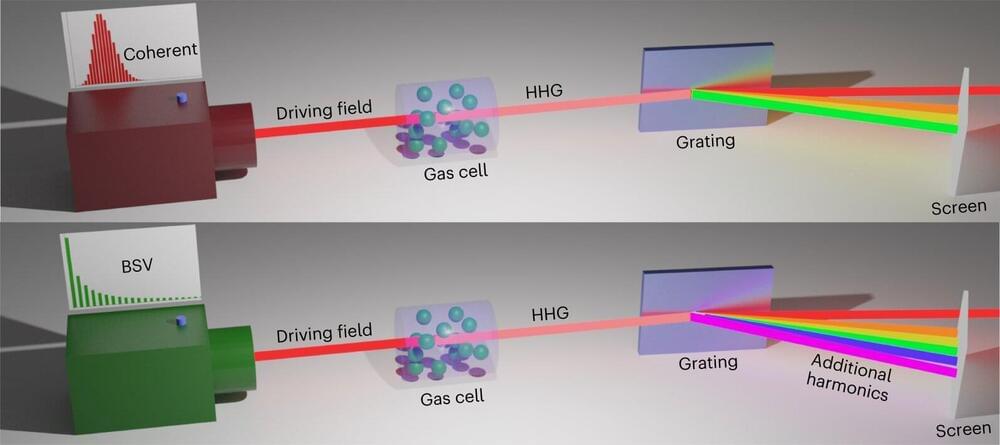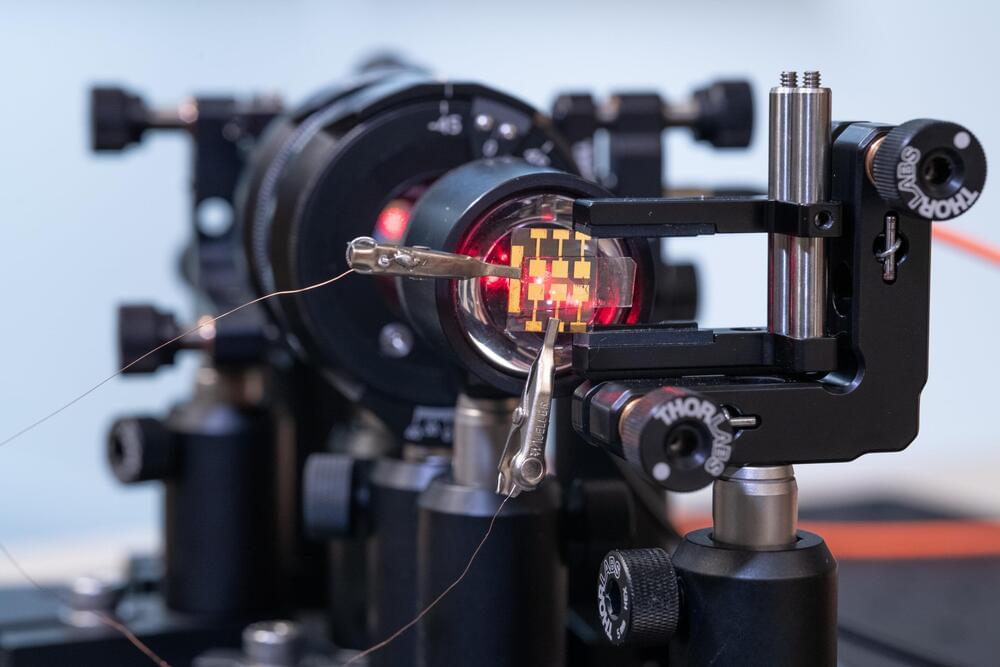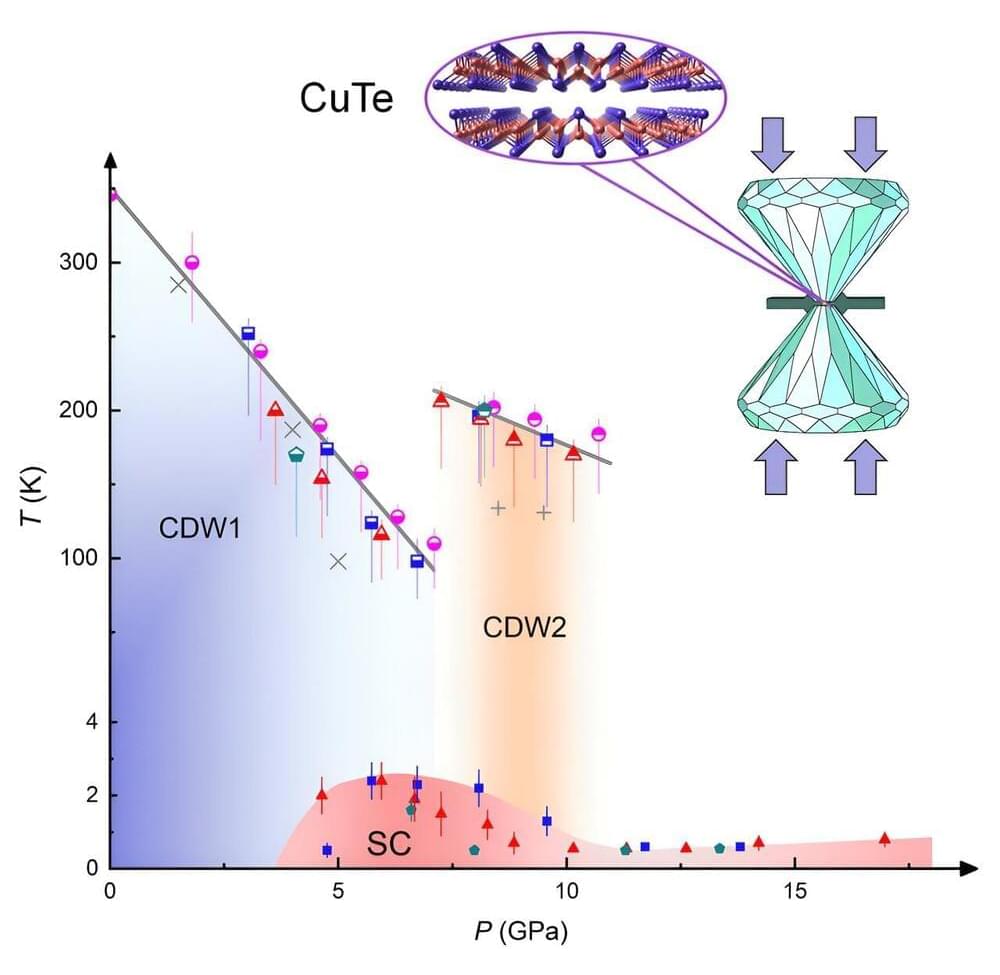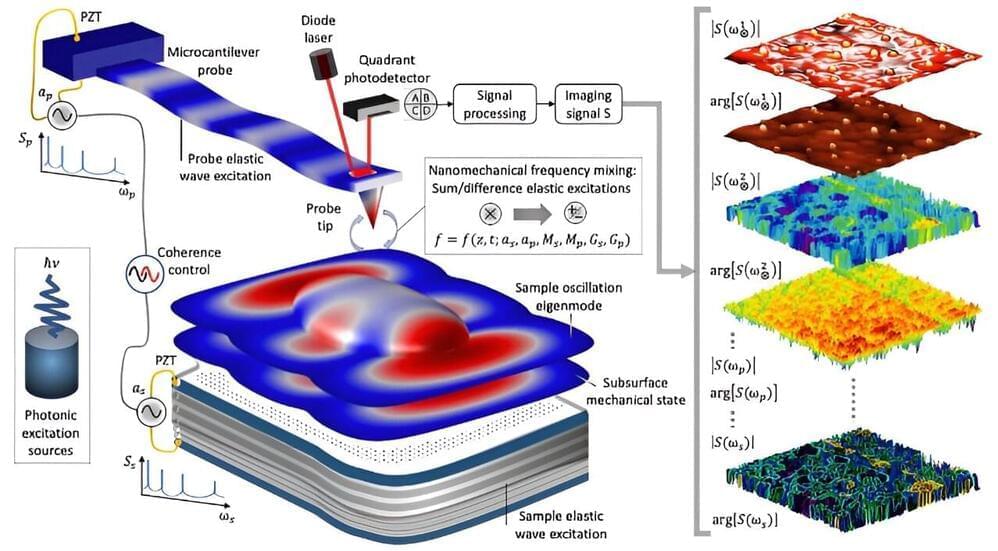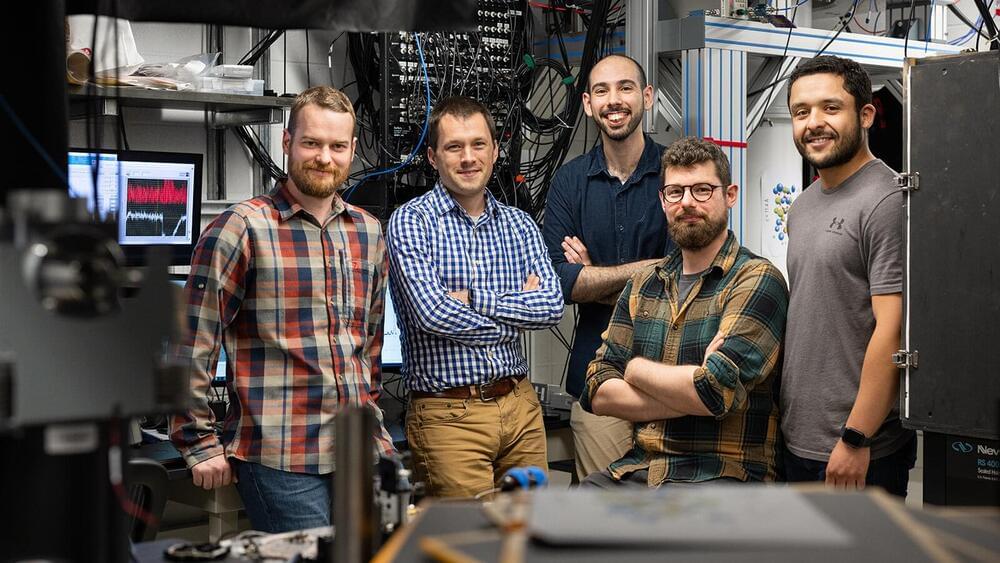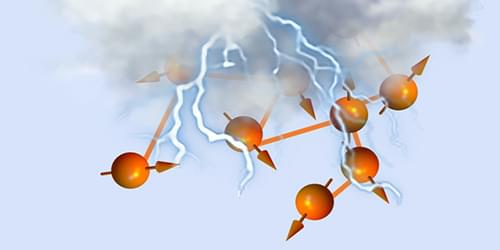Sep 5, 2023
A theory of strong-field non-perturbative physics driven by quantum light
Posted by Paul Battista in categories: futurism, quantum physics
Non-perturbative interactions (i.e., interactions too strong to be described by so-called perturbation theory) between light and matter have been the topic of numerous research studies. Yet the role that quantum properties of light play in these interactions and the phenomena arising from them have so far remained widely unexplored.
Researchers at Technion–Israel Institute of Technology recently introduced a new theory describing the physics underpinning non-perturbative interactions driven by quantum light. Their theory, introduced in Nature Physics, could guide future experiments probing strong-field physics phenomena, as well as the development of new quantum technology.
This recent paper was the result of a close collaboration between three different research groups at Technion, led by principal investigators Prof. Ido Kaminer, Prof. Oren Cohen and Prof. Michael Krueger. Students Alexey Gorlach and Matan Even Tsur, co-first authors of the paper, spearheaded the study, with support and ideas from Michael Birk and Nick Rivera.
